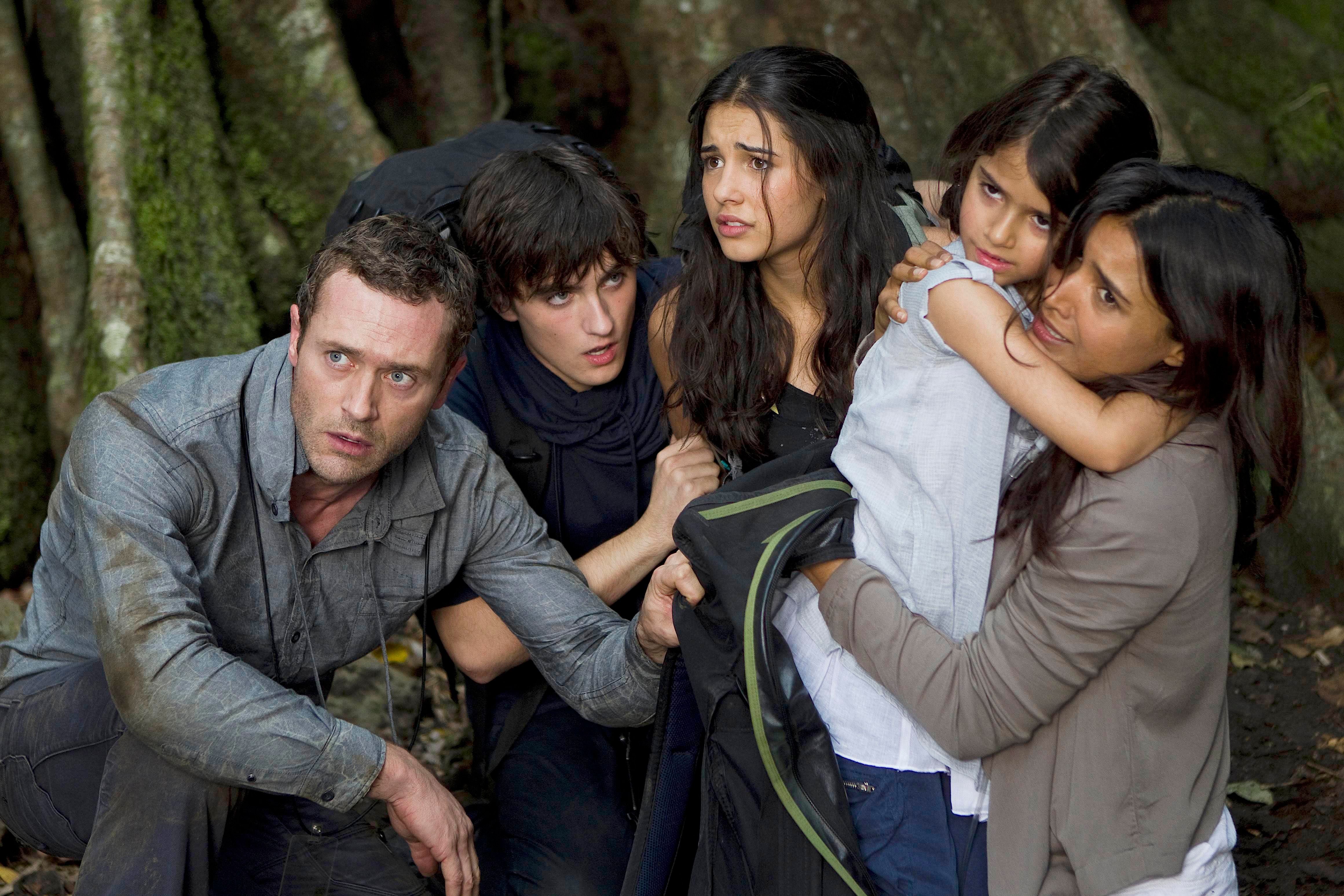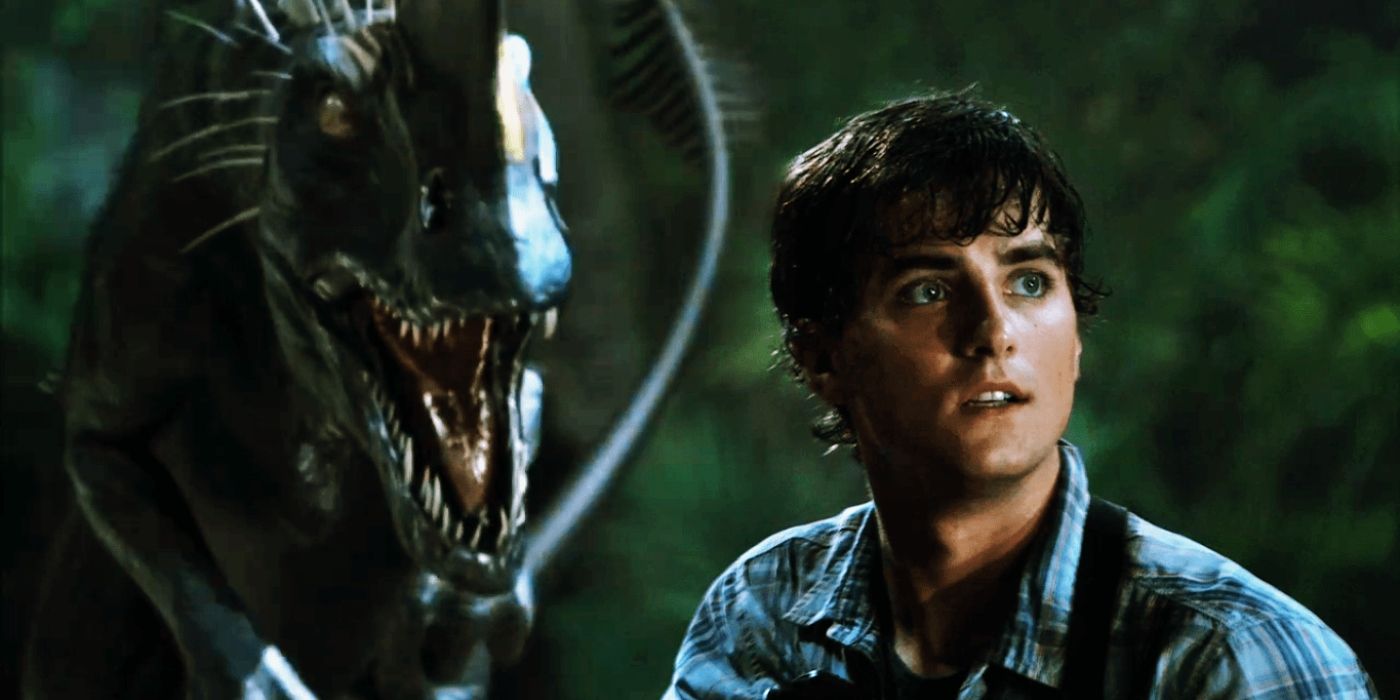Terra Nova (2011): A Bold Sci-Fi Journey That Ended Too Soon
In 2011, Terra Nova premiered on Fox with grand ambition, high production values, and a premise full of promise. Produced by Steven Spielberg and developed by Brannon Braga and Kelly Marcel, the series combined science fiction with prehistoric adventure, setting itself apart from typical television fare at the time. Though it lasted only one season, Terra Nova left a lasting impression thanks to its expansive world-building, family-centered narrative, and imaginative take on time travel and survival.
Set in the year 2149, the series opens in a dystopian future where Earth is dying—pollution, overpopulation, and environmental collapse have rendered the planet nearly uninhabitable. Humanity’s last hope lies in a scientific breakthrough: a temporal rift that opens a portal 85 million years into the past, during the Cretaceous period. This allows small groups of people to travel back in time to establish a new colony—Terra Nova—and attempt to rebuild civilization from scratch in a pristine, prehistoric world.

The story centers on the Shannon family, led by Jim Shannon (Jason O'Mara), a former police officer and father of three, who escapes prison to bring his family through the portal. They arrive at Terra Nova to join the 10th Pilgrimage, where they must adapt to a life that is both exhilarating and dangerous. Dinosaurs roam the wild, internal power struggles threaten the colony, and the jungle hides secrets—including the enigmatic group known as the “Sixers,” a faction with their own agenda.
What sets Terra Nova apart is its blend of science fiction, survival adventure, and family drama. It’s Jurassic Park meets Lost, with elements of political intrigue and moral questions about humanity's second chance. The show explores themes of environmental responsibility, rebellion, trust, and the conflict between scientific progress and corporate greed.

Visually, Terra Nova was a standout for its time. With a reported budget of nearly $4 million per episode, it featured ambitious visual effects, including detailed CGI dinosaurs, lush jungles, and futuristic technology. The production design was cinematic, aiming to immerse viewers in the paradoxical blend of ancient Earth and futuristic human settlement. Despite occasional CGI limitations, especially on television’s tighter schedule, the show delivered a convincing and thrilling environment.
The performances, while sometimes constrained by conventional TV writing, were solid. Jason O'Mara led the cast with authority, and Stephen Lang—of Avatar fame—was a highlight as Commander Nathaniel Taylor, a complex and commanding leader with a mysterious past. The supporting cast, including Shelley Conn, Landon Liboiron, and Naomi Scott, brought heart and emotional stakes to the story.

Despite decent ratings and a passionate fanbase, Terra Nova was canceled after its first season due to its high production costs and creative disagreements behind the scenes. This left several narrative threads unresolved, including the true motives of the Sixers, the deeper implications of the time rift, and the evolving power dynamics within the colony.
Over a decade later, Terra Nova remains a “what could have been” in television history. With its unique premise, cinematic scope, and potential for deeper storytelling, it’s remembered fondly by fans as an ambitious sci-fi experiment that dared to think big—even if it didn’t survive long enough to realize its full vision.
-1751709328-q80.webp)


